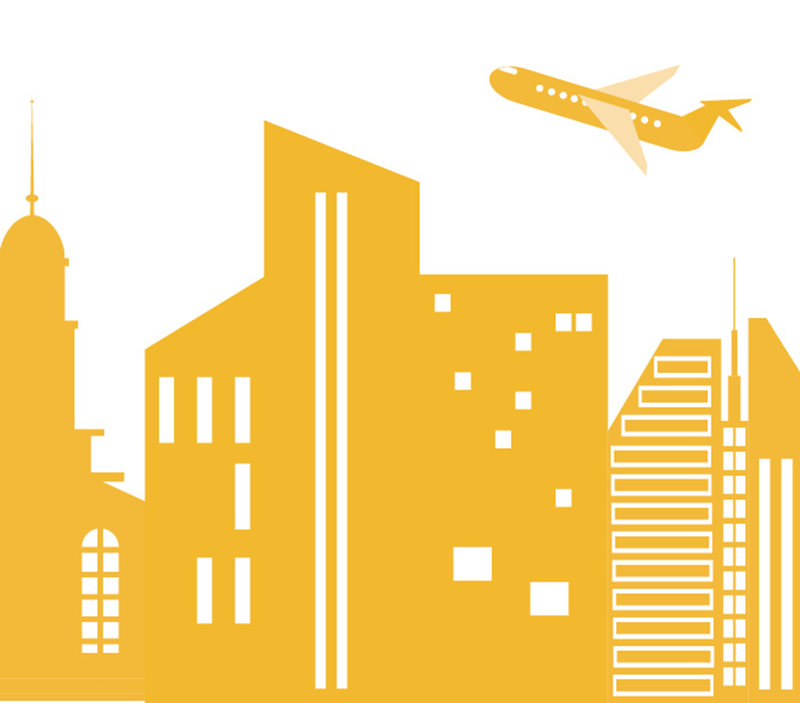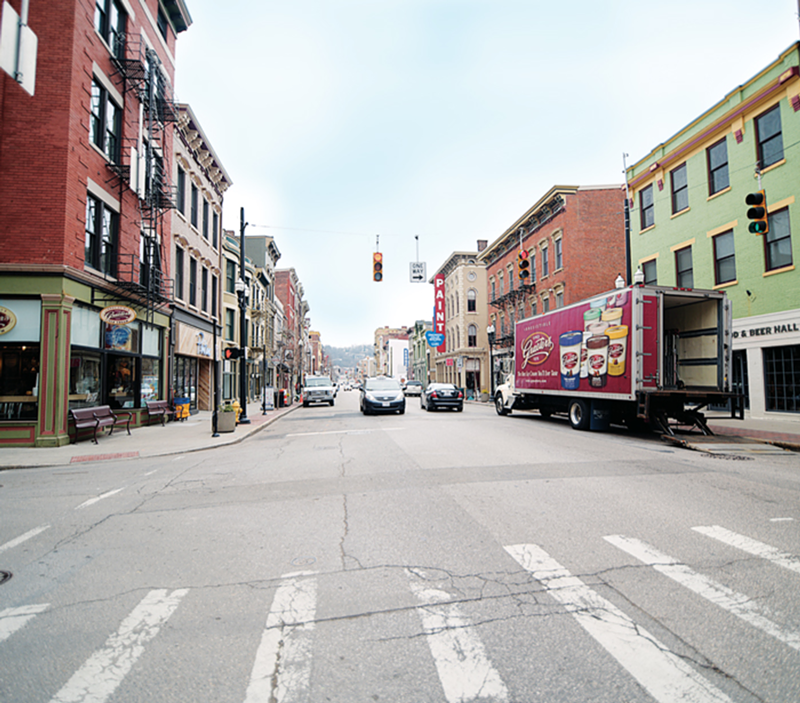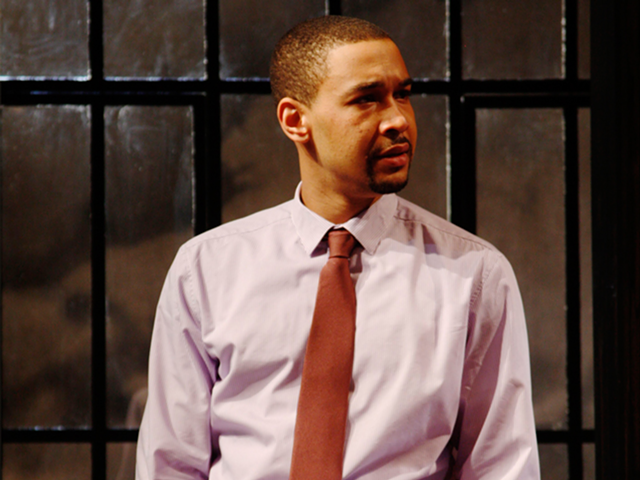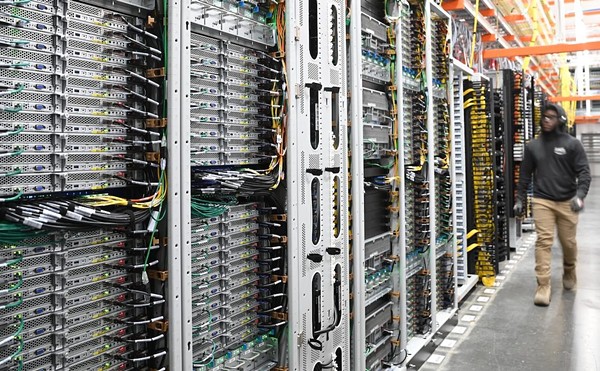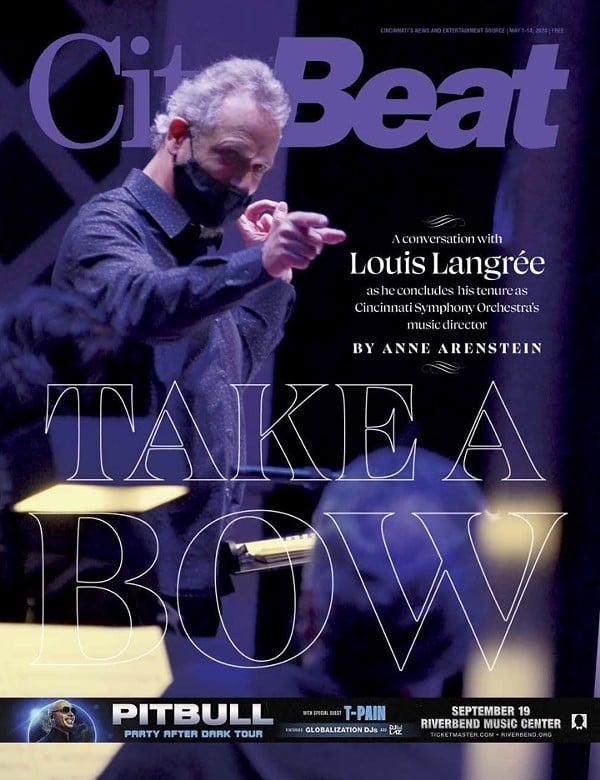Cincinnati isn’t the same place it was in 2007 when urban planner Randy Simes founded UrbanCincy, a blog focused on urban planning issues in Cincinnati’s center city. Not long ago, our inner city neighborhoods were mostly ignored or demonized by mainstream media and many public officials. But in the past eight years, focus has turned toward the city’s considerable urban assets and challenges.
UrbanCincy has grown alongside the city’s interest in all things urban, both fueling and benefiting from the region’s increasing fascination with these issues.
“There is a palpable buzz surrounding the Queen City these days,” Simes wrote last May in the article “Cincinnati’s Dramatic, Decade-Long Transformation Visualized.”
“The city’s central riverfront has almost entirely been transformed following billions of dollars worth of public and private investment, Over-the-Rhine’s renaissance continues to be touted nationwide as one to be admired and thousands more residential units are being developed in the center city as we speak.”
The story includes a photo slideshow created using Google Street View, a tool that allows users to compare recent street view images with the first ones Google took back in 2007.
The changes in Cincinnati are striking.
Photos of Vine Street near 14th in OTR show boarded-up storefronts and dilapidated buildings in 2007 now beautifully restored, entirely new structures standing tall where rundown parking lots recently sat half-empty. Photos of The Banks at Freedom Way and Walnut Street show just how far the riverfront has come in a relatively short amount of time.
[Check out 10 new project and policy ideas by Randy Simes here.]
Simes’ point is well made: Shouldn’t we be having more discussions about such important, long-term — and pricey — projects? Downtown development during the past 10 months has only served to reinforce the need. Dunnhumby’s $140 million, nine-story building at Fifth and Race streets is taking shape while GE begins construction on a new office building at The Banks. A $23 million redevelopment effort will soon transform the former SCPA building in Pendleton into luxury apartments, while 3CDC gears up for its first moves north of Liberty Street in Over-the-Rhine. Even with increases in recent downtown apartment development, surging demand is pushing rental rates higher.
For a city that has struggled to follow through on big-picture plans over the years — see the decade-plus it took to get The Banks off the ground — healthy debate over urban planning issues is necessary, lest well-connected developers run rampant over this town’s unique, if underutilized, urban core.
That’s where UrbanCincy comes in. The site buzzes with new ideas and thoughtful proposals by Simes and his team of contributors. Whether the subject is transit routes, large-scale construction projects or wide-ranging policy debates, UrbanCincy explains how best practices and proven successes in other cities could be instituted here.
“We need to be thinking about these things because we’re spending a lot of public resources on these projects,” Simes says. “I hope we can think long-term. A lot of the things UrbanCincy is advocating for are better in the long run.”
Simes grew up on the West Side, graduated from Oak Hills High School, then studied urban planning at the University of Cincinnati’s College of Design, Architecture, Art and Planning. He became a frequent contributor during college to online forums about cities, like UrbanOhio and Skyscraper, posting to the sites so often he became one of their most active users. He eventually determined that Cincinnati had enough contemporary planning issues worthy of debate to support its own site. At first, UrbanCincy functioned as a more hyperbolic, pro-city voice attempting to support reinvestment in the urban core during a time when “inner-city” was still used as a negative modifier.
“It was kind of born out of frustration,” Simes says. “There were not a lot of good things happening in the city and definitely not good media coverage. I thought the narrative was kind of oversimplified — schools and crime, city versus suburbs.”
As Cincinnati has slowly transformed its image from that of a slow-moving, conservative Rust Belt town to a burgeoning city attracting new residents and businesses for the first time in decades, Simes and his crew of contributors have updated their practices and become an increasingly credible voice. Recently, UrbanCincy became an official Google news provider, meaning its stories will now appear in news search results alongside the most established names in local media.
“Over the years other (pro-city) sites came around,” Simes says. “We’ve just changed with the times. We don’t need to be the boosters anymore — we just cover things with more in-depth policy angles.”
CityBeat caught up with the 29-year-old Simes by phone from his current residence in Seoul, South Korea, where he is currently finishing up a two-year consulting contract with an architecture/engineering firm focusing on sustainable planning and renewable energy.
CityBeat:
Has the strategy changed much since you started UrbanCincy? What kind of progress in coverage have you undergone?
Randy Simes:
The strategic thought from when we moved from just being activist and opinionated to doing more kind of journalistic coverage was this idea, “Well, at first we were this activist site, but now we want to challenge the existing media here to do a better job.” I’m a huge newspaper guy — I have no interest in replacing local newspapers.
I wanted to fill this niche: Me and my team are going to cover this better than anyone else can due to our backgrounds. We’re just going to make this ours and see if the rest of the local media will catch up with us if we make it a big thing.
CB:
Cincinnati is clearly enjoying economic and development momentum after seeing OTR and The Banks finally coming to fruition. Is this helping to increase interest in media coverage of urban issues?
RS:
I think it definitely helps. I think the big thing that laid the foundation for UrbanCincy to be any bit successful is we started our site I guess around the same time things were really starting in OTR and the Gateway Quarter. I became friends with Dan Korman right after he opened Park + Vine and we started chatting about the neighborhood because he has a planning background as well.
People at the time looked at you like you were crazy when you said Over-the-Rhine is going to change. And they were probably right — when they built the Gateway Garage they had construction police on all four corners. It was kind of like the Wild West in the early 2000s. Tangible success does help make our product more sellable.
CB:
What’s your opinion of how mainstream media covers urban issues in general?
RS:
I think the local media is getting better. I think seven years ago I would tell you something totally different. There are some good reporters still in town even with layoffs, and there’s good journalism. I understand the limited resources, so the daily print paper is not going to be able to dedicate the amount of words and space and time and effort to a story about pay-as-you-throw trash collection as we did or solar trash compactors or protected cycling ways in Columbia, so that’s where we come in. That’s where our niche is.
If I had to say I had one frustration it’s when something is just blatantly wrong. If you’re not going to cover it, that’s one thing. If you get it wrong and you’re corrected and you continue to repeat that same myth, it’s different: showing vintage trolleys instead of a modern streetcar numerous times when you know that’s not what’s being proposed in Cincinnati. Those are the types of things that I take issue with after awhile.
CB:
Why is it important to understand development issues?
RS:
Growing up on the West Side, there’s a lot of very poorly designed areas of the West Side in terms of the urban environment. There’s a lot of ugliness and inefficiencies and poor service. These things can all be fixed if we design and think and operate our communities in a different way. I think citizens who know more about these topics can make better choices. They can see past the simple option and actually have a thoughtful debate.
CB:
Do you think Cincinnatians understand the importance of urban planning? It appears that either our politicians or citizens in general have been slow to understand contemporary urban issues. Are they missing the point badly anywhere?
RS:
I think one of the biggest challenges with Cincinnatians, which isn’t necessarily a bad thing, is that they don’t move around that much. They don’t travel that much — a lot of them were born and raised here, which is a really great thing and really speaks to the quality of the region. But to grasp new ideas and concepts, they need to see it somewhere else and be able to touch it and feel it and understand it. It’s a big difference once people can actually see what a streetcar is in person and ride it and feel it as opposed to reading it in the newspaper or a headline referring to it as a trolley.
That’s the challenge I think for the media. I think at this point I don’t know if I can blame the average person for not knowing about an obscure planning theory or concept — that’s my profession — but I can take my experience with bike lanes in Bogotá or bus rapid transit planning in Seoul because I have been able to travel around. We can take those experiences and hopefully put it into a context that people who haven’t been those places and seen those things can relate to.
CB:
The slideshow you put together showing Cincinnati’s decade-long transformation is a very effective way of showing outsiders what recent changes look like. Do you believe it’s necessary to remind people that forward-thinking plans have succeeded here?
RS:
I think it’s good to remind people, but I think there’s a lot of people out there who may not have seen or visited OTR or maybe they live in Mason or Hamilton or Colerain Township and they haven’t been downtown in seven years. That’s totally realistic. Westsiders who haven’t been downtown see it on the news and they think, for lack of a better term, “bullshit.” This type of repetition and visual displays are very, very powerful for people. When you can show the exact same vantage point before and after, it can be shocking to people.
If you grew up here your whole life and you think OTR has been bad for decades, how can they believe that there’s a Japanese gastropub at 15th and Vine? That’s bizarre. Visual evidence is very powerful. In lieu of people actually visiting it and feeling it and touching it, they can at least see it through images.
CB:
The city’s increasing number of parking structures is a personal concern of yours — you’ve said you believe above-ground parking garages should be prohibited uses in OTR. What should developers keep in mind as they rush to serve new residents and visitors?
RS:
Back in the ’90s there was a somewhat valid concern about a lack of parking downtown. A lot of leaders advocated for more, and to a certain extent they were right. They’ve been trying to fix that problem ever since — perhaps they fixed it too much. We’re seeing huge garages being built and it seems a bit excessive, especially now as technology continues to evolve. There’s eventually going to be driverless cars; there is car sharing now. All these things didn’t exist in the ’90s.
In my opinion, it would be great to design these garages, like they are at Dunnhumby, in a way that they can expand office functions down into the garage in time. In the future, there’s going to be less demand for full-time structured parking. There are ways to design garages with no angular floors — using flat floors and locating the ramps in a way so they’re centrally located and you can turn them into stairwells later and adapt for other things in the future.
What we’re doing in downtown, Over-the-Rhine, uptown, these other key neighborhoods like Walnut Hills and Northside, these are all neighborhoods that are fairly densely built and have a good opportunity for transit usage. We keep talking transit use and walkability, but when we build huge parking structures with every new project we’re undermining those same goals — especially in OTR, which was built and designed before the automobile even came around. We’re ramming thousands and thousands of cars into spaces they were never meant to go. ©

